It’s that time of the year again when exams are just around the corner. While nearly everyone advises you to study really hard and focus, it’s also equally important to work smart. One way of achieving optimal efficiency is good note-taking and note-making. At the outset, they both sound the same, but there is a fine division. Note-taking is jotting down notes while you study/attend a lecture whereas note-making is a polishing process where the written notes are made precise and useful.
While taking notes, a book whose pages can be removed/inserted is preferred over hard-bound books. This makes later additions of information into existing notes easier. Carry highlighters. Highlighting these notes will help remind you later that this is definitely something you need to know.
Chances are that you already have good notes, but how can you make them better to enhance your study? Here are some tips, so that you could gradually refer to just your notes as a handout when the exam approaches:
- In the process of note-making, use different coloured pens to highlight a different information-for example, dates could have one colour, statistics another, vital information something else, etc. Having said this, use a maximum of 3-4 colours, as, beyond that, the text could confuse or distract you.
- Keep your sentences short and crisp. Use abbreviations wherever possible to save time and effort, for example, you can use ‘ch.’ as a short form for ‘chapter’; ‘>>’ for ‘much greater than’; ‘i.e’ for ‘in other words, etc.
- Mind-mapping: This method is highly effective for chunking up information. Drawing tables or charts and shapes depict a smooth flow of information. Further pictorial representation is more easily stored in memory vis a vis text.
- You can even use post-it notes to highlight crucial information. They also double as page markers-helping you identify what information lies where.
Relatively few of us know the importance of making effective notes and how much it can improve our retention and comprehension of study material. By following a few simple guidelines on how to take notes effectively, we could improve the way we learn!
Study Hard, But Study Smart!
Table of Contents


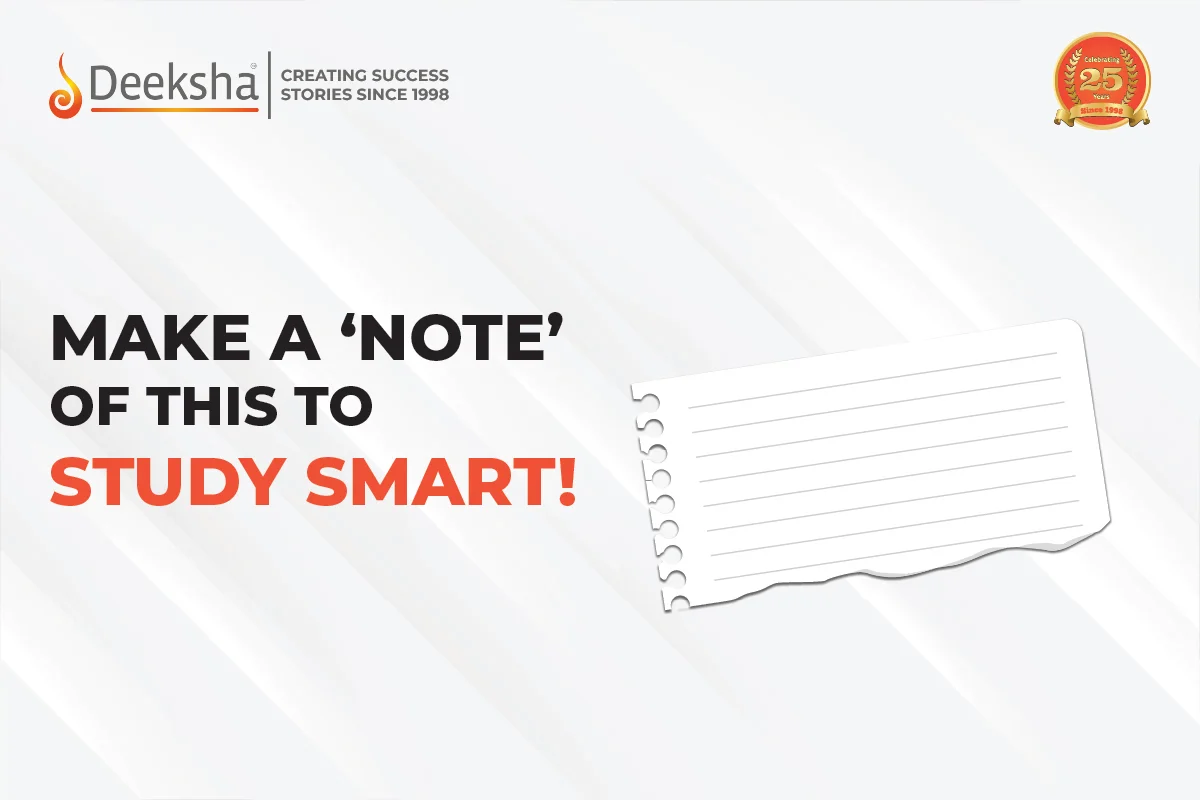


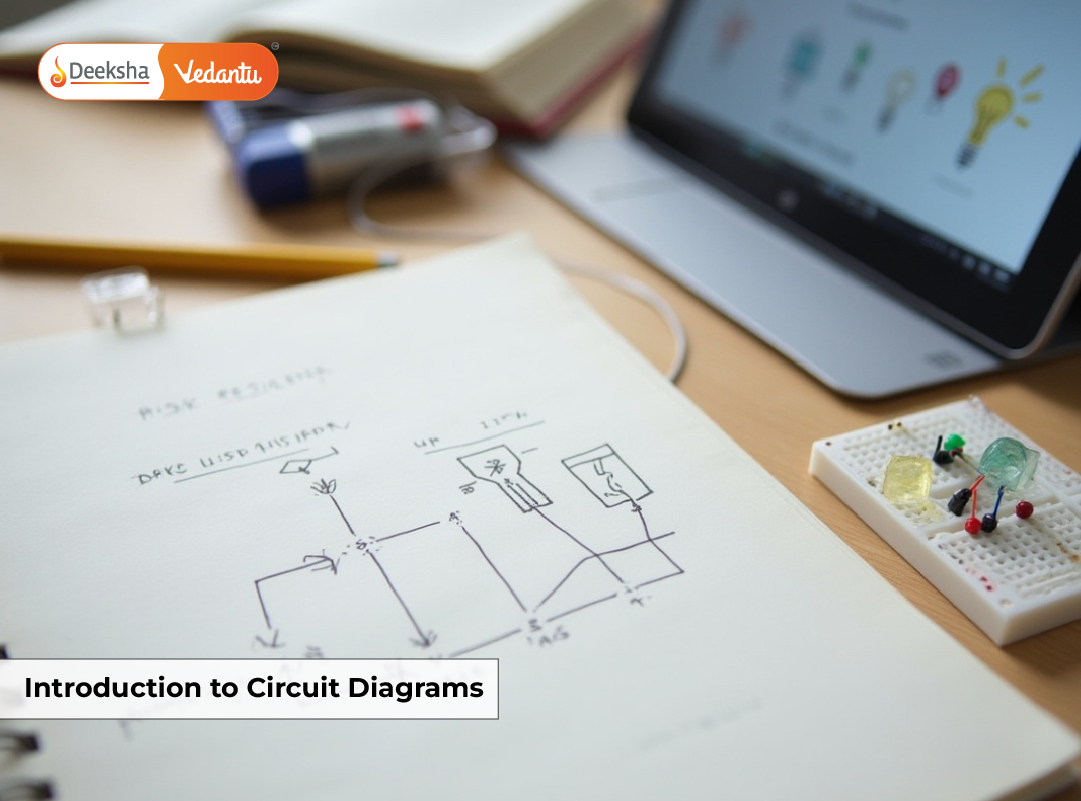
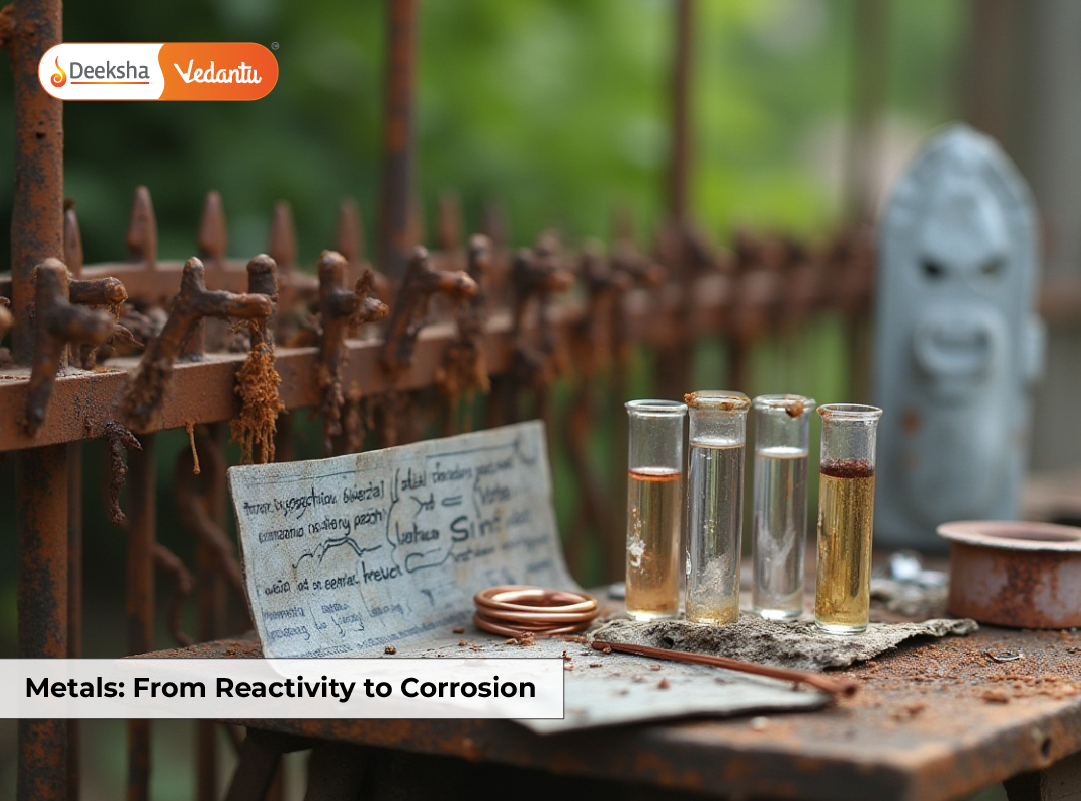
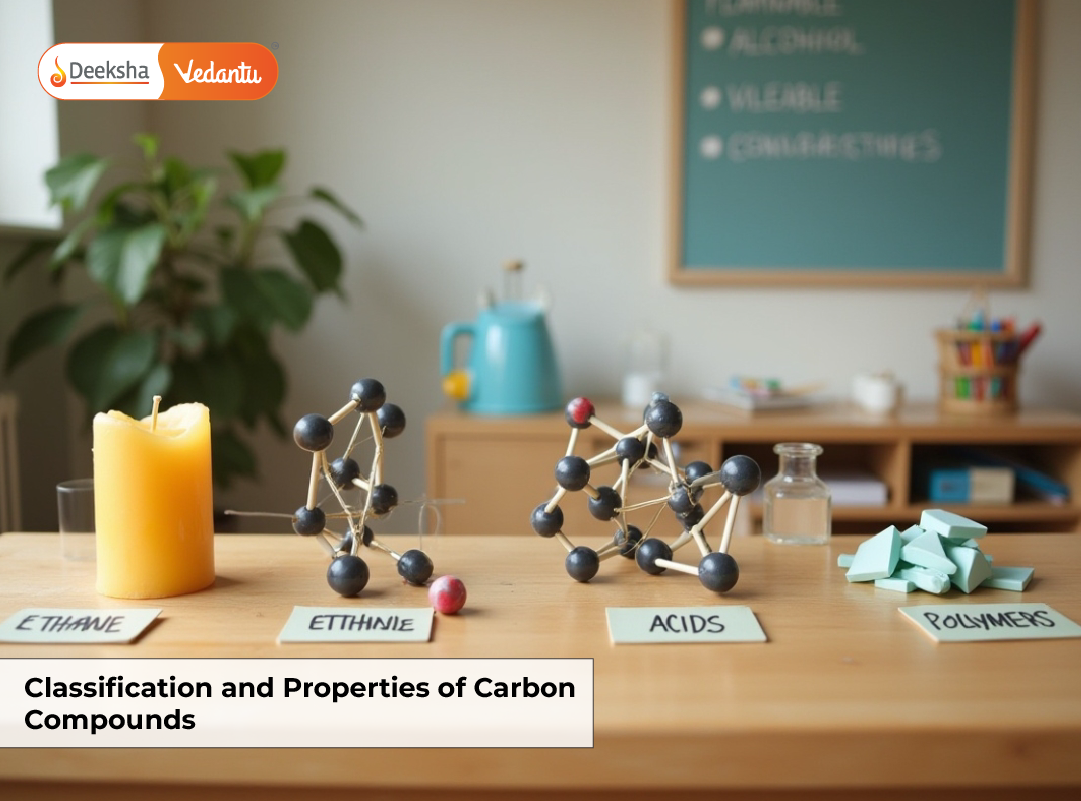

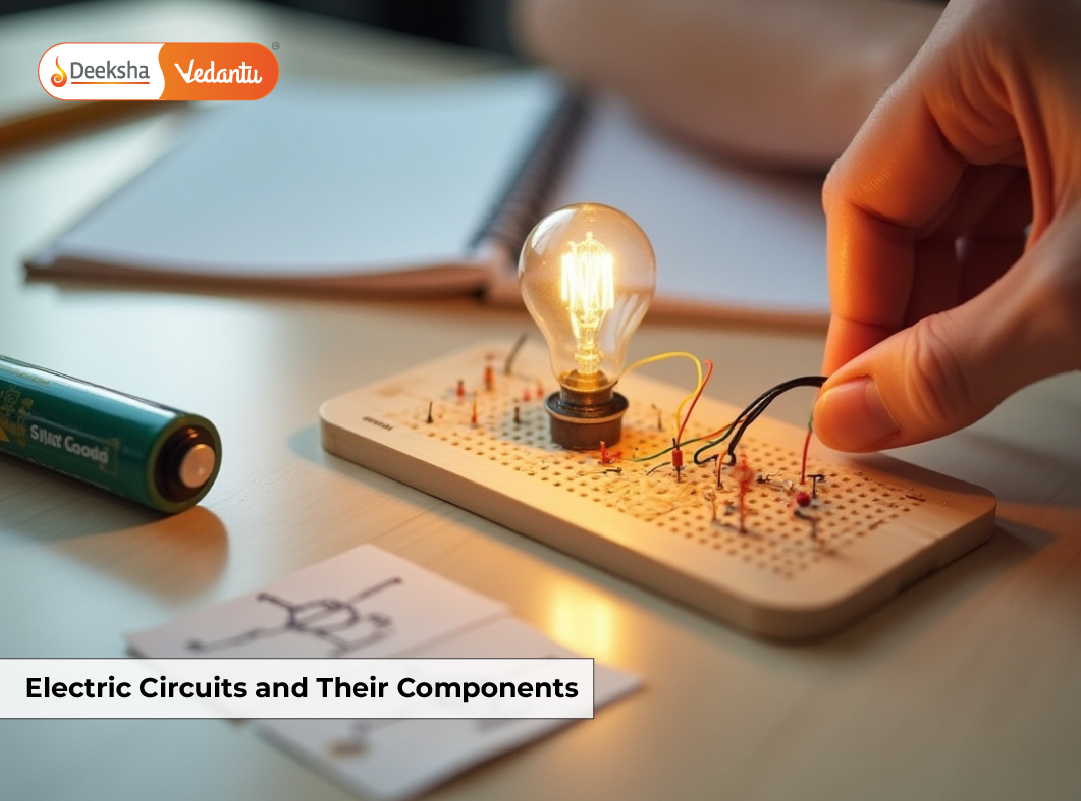





Get Social